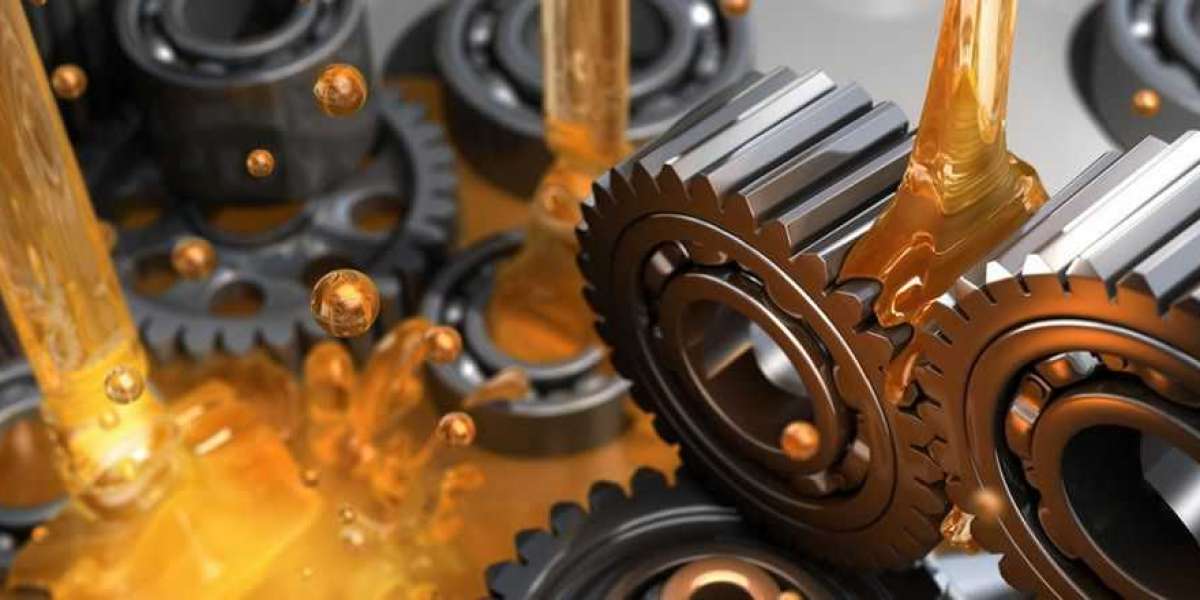Design and Operation: Grease guns typically consist of a metal or plastic body with a trigger mechanism, a nozzle for dispensing grease, and a cartridge or reservoir to hold the grease. The trigger mechanism enables the user to apply pressure to force grease out of the nozzle onto lubrication points. Some grease guns feature a lever-operated or pneumatic mechanism for grease dispensing, offering varying levels of control and efficiency. Additionally, grease guns may come with different attachments and accessories to accommodate various lubrication tasks and environments.
Applications: Grease guns are used in a wide range of applications across industries such as automotive, manufacturing, construction, agriculture, and transportation. They are indispensable for lubricating components such as bearings, bushings, joints, gears, and fittings in machinery, vehicles, and equipment. Grease guns are commonly employed in preventive maintenance programs to ensure that moving parts operate smoothly and efficiently, reducing the risk of breakdowns, downtime, and costly repairs.
Significance in Maintenance: The use of grease guns in maintenance operations is essential for preserving the performance and reliability of mechanical systems. Proper lubrication with grease helps reduce friction, heat, and wear between moving parts, thereby minimizing the risk of premature failure and extending equipment lifespan. Regular greasing also contributes to energy efficiency by reducing power consumption and improving the overall efficiency of machinery and equipment.
Types of Grease Guns: Grease guns come in various types and configurations to suit different lubrication requirements and preferences. Common types include manual grease guns, lever-action grease guns, pistol-grip grease guns, and battery-powered or cordless grease guns. Each type offers unique features such as ease of use, mobility, pressure control, and compatibility with different grease formulations. Choosing the right grease gun depends on factors such as the frequency of lubrication, the type of grease used, and the accessibility of lubrication points.
Conclusion: In conclusion, grease guns are indispensable tools for applying grease lubricant to machinery and equipment, ensuring proper lubrication and optimal performance. Their design, operation, and versatility make them essential assets in maintenance and repair operations across various industries. By facilitating effective lubrication of critical components, grease guns contribute to increased productivity, reduced downtime, and prolonged equipment lifespan, ultimately supporting the smooth operation of industrial and automotive systems.













